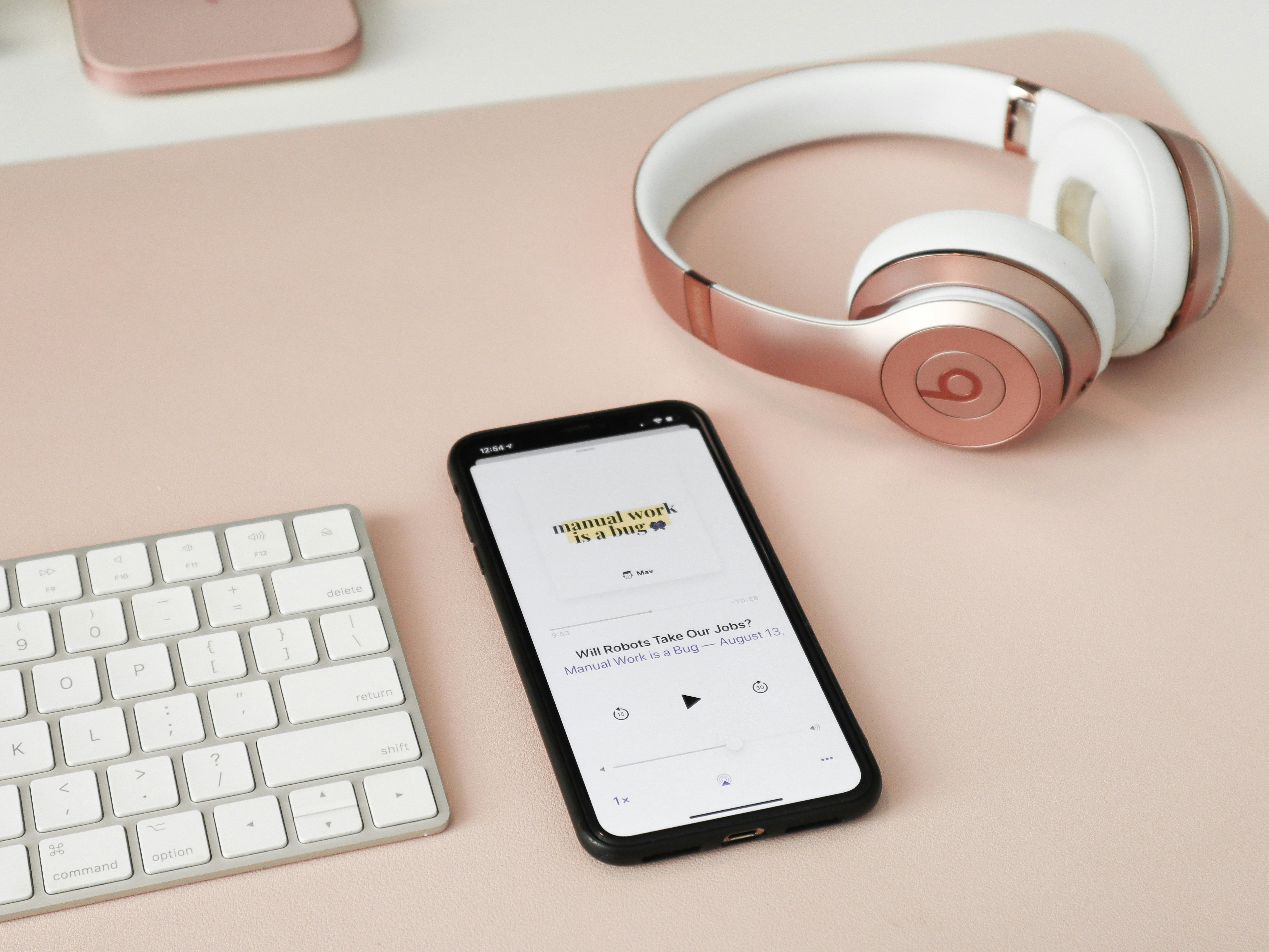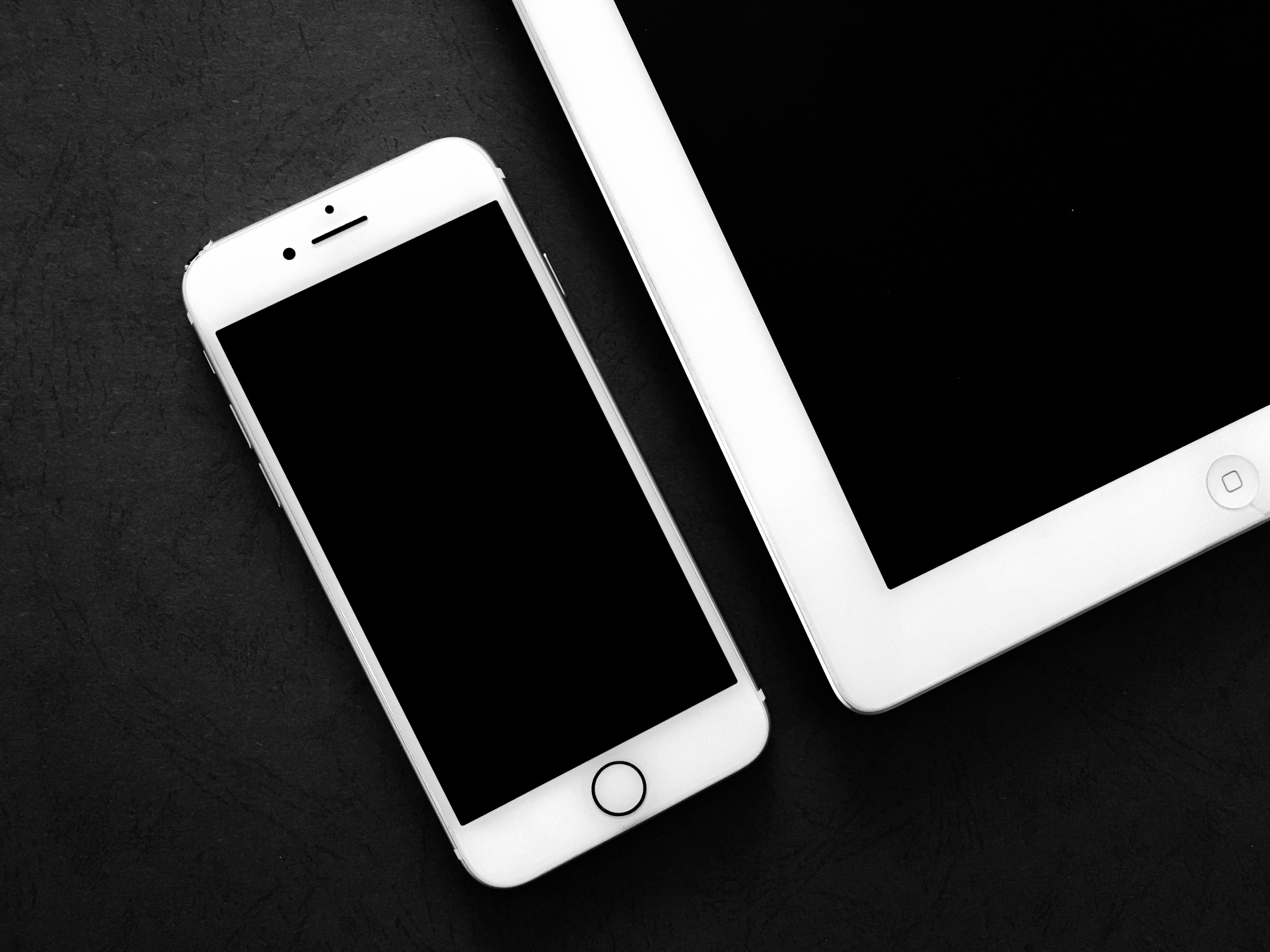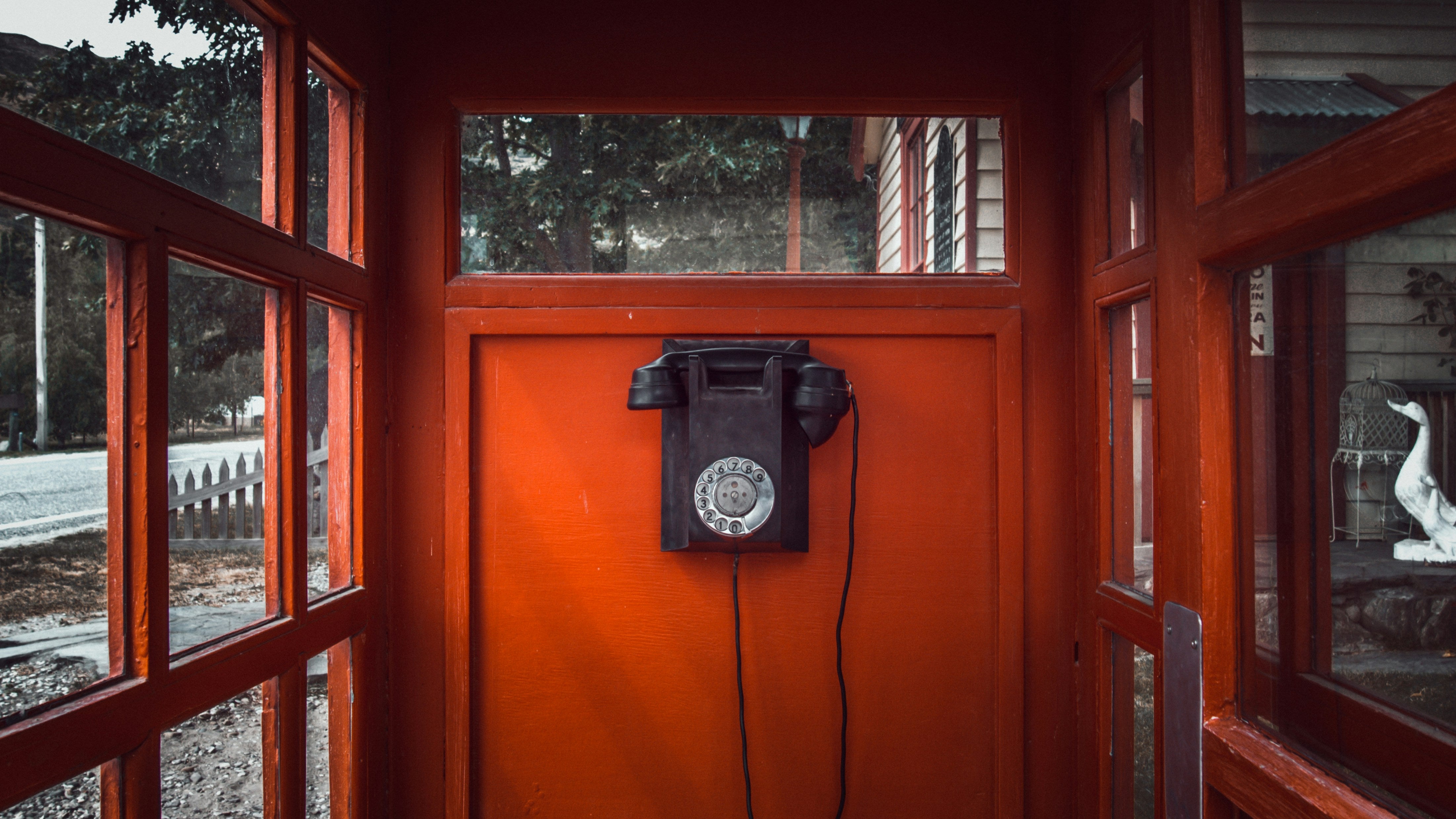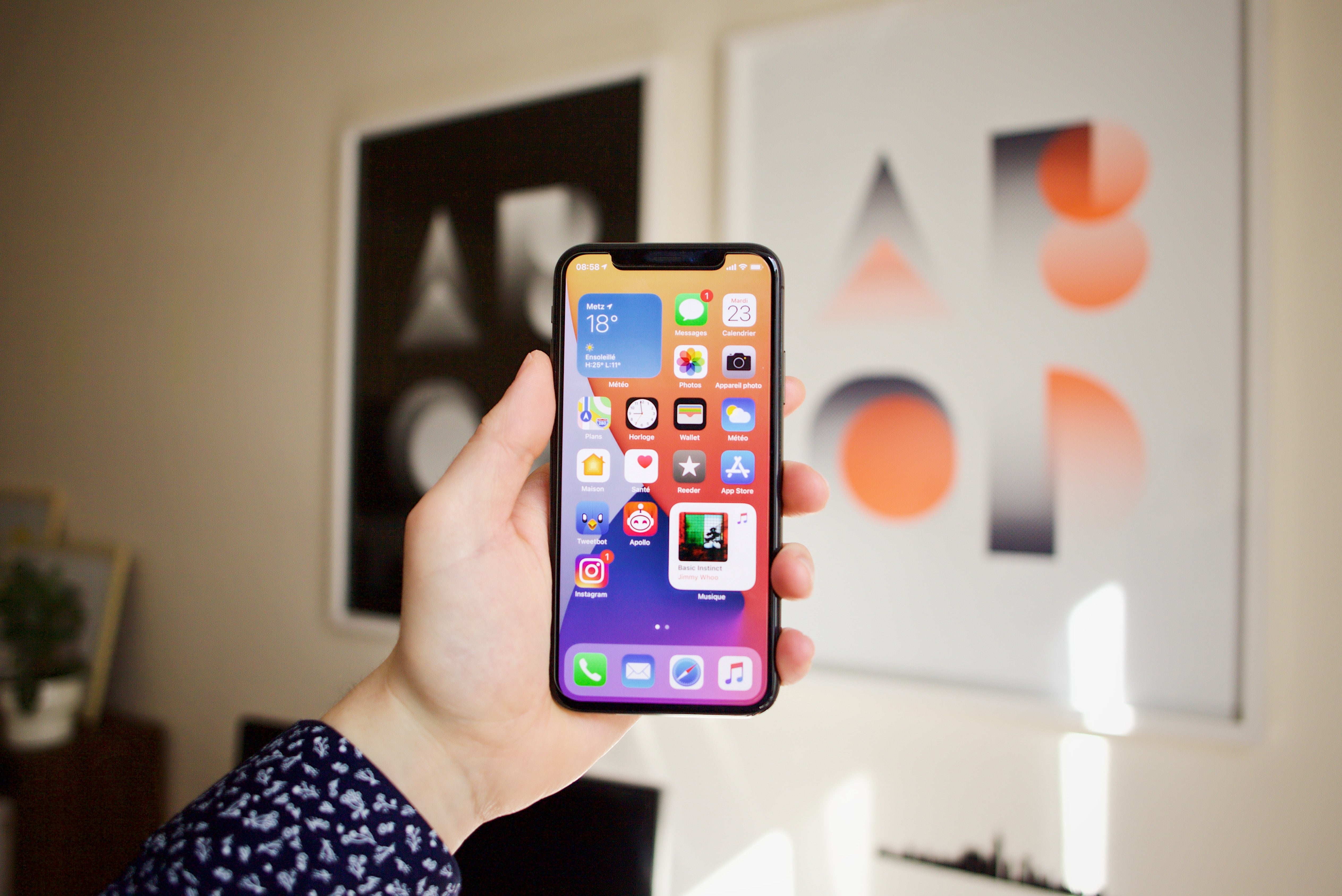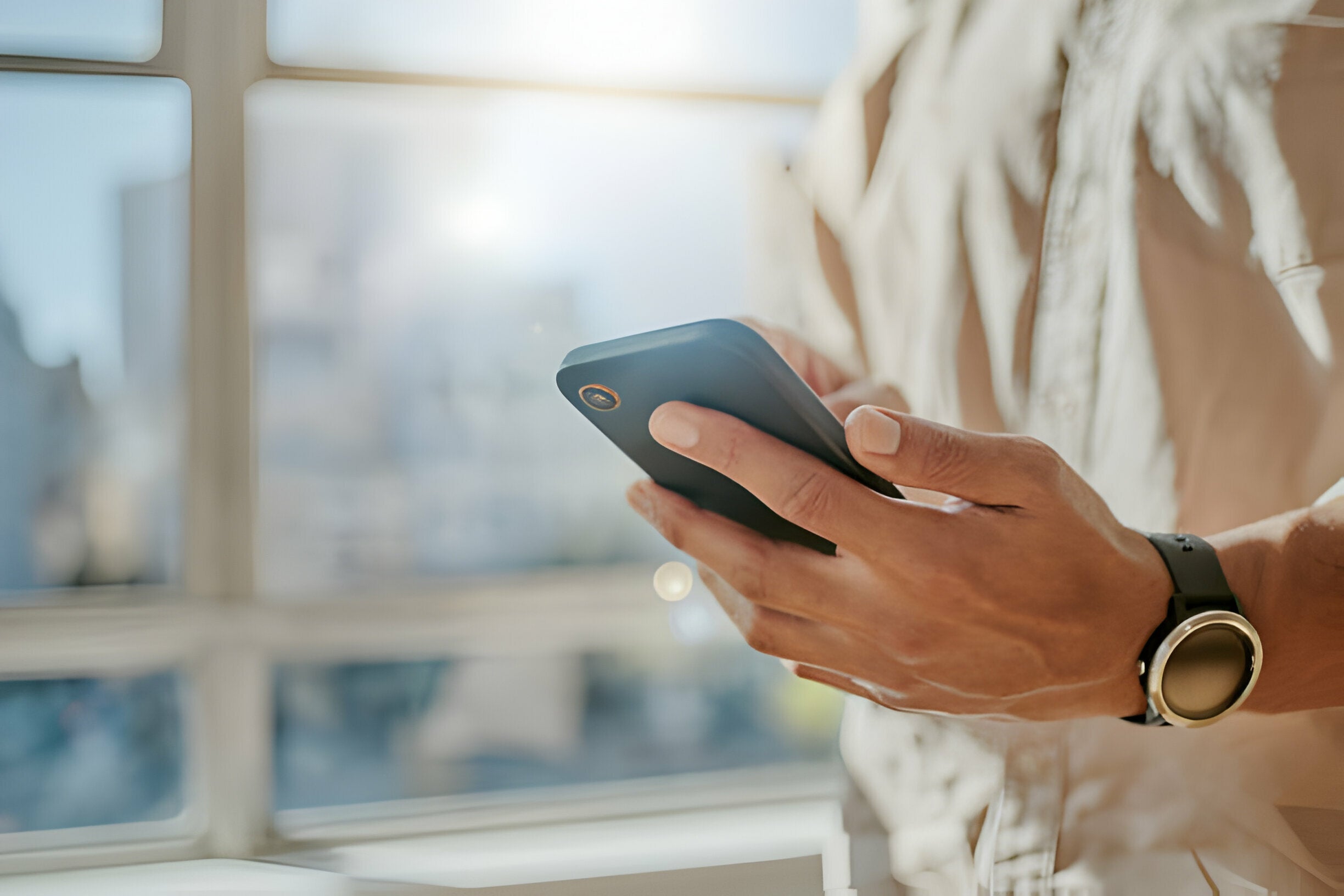What Is a SIM Card Used For: A Comprehensive Guide
Table of Contents
Bonus Tips for Travelers
Before I bid you farewell, I'd like to leave you with some bonus tips to make the most of your SIM card while on the road:
1. Research Your Destination's Carriers: Before you travel, research the local mobile carriers at your destination. Find out which one offers the best coverage, data plans, and rates for tourists. This way, you can make an informed decision when buying a local SIM card.
2. Consider Data-Only SIMs: If you primarily use messaging apps like WhatsApp or need internet access for navigation and research, consider getting a data-only SIM card. These are often more cost-effective than traditional SIM cards that include voice and text services.
3. Use Wi-Fi When Available: While a SIM card is invaluable for staying connected, don't forget to take advantage of Wi-Fi hotspots when available. Many cafes, hotels, and public places offer free Wi-Fi, which can help you conserve your mobile data.
4. Monitor Data Usage: Keep an eye on your data usage to avoid unexpected charges. Most smartphones allow you to set data usage limits or receive notifications when you reach a certain threshold. This can help you stay within your data plan's limits.
5. Keep a Copy of Important Information: In case your phone or SIM card gets lost or stolen, it's a good idea to have a backup of important information like your SIM card number, PUK code, and emergency contact numbers stored in a secure location, such as a cloud storage service or a physical copy in your luggage.
6. Explore Roaming Packages: If you can't resist the convenience of using your home SIM card while traveling, check with your carrier for international roaming packages. These packages often provide discounted rates for data and calls when abroad.
7. Test Your SIM Card Before You Travel: Ensure that your SIM card is working correctly before you embark on your journey. Insert it into your device, make a test call, and check if you can access the internet to avoid any surprises when you reach your destination.
With these additional insights and tips, you're well-equipped to make the most of your SIM card during your travels. Remember, staying connected while exploring the world is essential, and a reliable SIM card is your ally in that endeavor. Before you take off make sure to check with local government of the travel status.
So, pack your bags, keep your SIM card handy, and set off on your next adventure with confidence. Safe travels, my fellow explorers!
FAQ Section
Can I use my SIM card internationally?
Absolutely, but the real question is whether you should. While most SIM cards can be used internationally, you might encounter exorbitant roaming charges from your home carrier. To save your hard-earned cash, consider buying a local SIM card at your destination for more budget-friendly data and call options.
What happens if I lose my SIM card?
It's a traveler's worst nightmare, but don't fret too much. Contact your mobile service provider right away to deactivate your lost SIM card and request a replacement. In many cases, your contacts and data are recoverable, so you won't lose all those cherished memories and essential contacts.
Can I switch SIM cards between different phones?
Yes, you can indeed swap SIM cards between compatible phones. Just ensure your phone is either unlocked or locked to the same carrier as the SIM card you want to use. This way, you can effortlessly switch between devices when the need arises.
How do I find my SIM card's PIN and PUK codes?
Your PIN code is usually provided by your carrier, and it's something you set up when you first get your SIM card. However, if you forget it or enter it incorrectly multiple times, you'll need the PUK code to unlock it. The PUK code is often found on the packaging your SIM card came in or can be obtained by contacting your service provider.
What's the difference between a SIM card and an eSIM?
Ah, the eSIM, the new kid on the block. While a physical SIM card is, well, physical, an eSIM is a digital variant that's embedded in your device. The beauty of an eSIM is its programmable nature; you can switch between carriers and plans without needing to swap physical cards. However, not all devices support eSIMs, so check your device's compatibility before making the switch.












